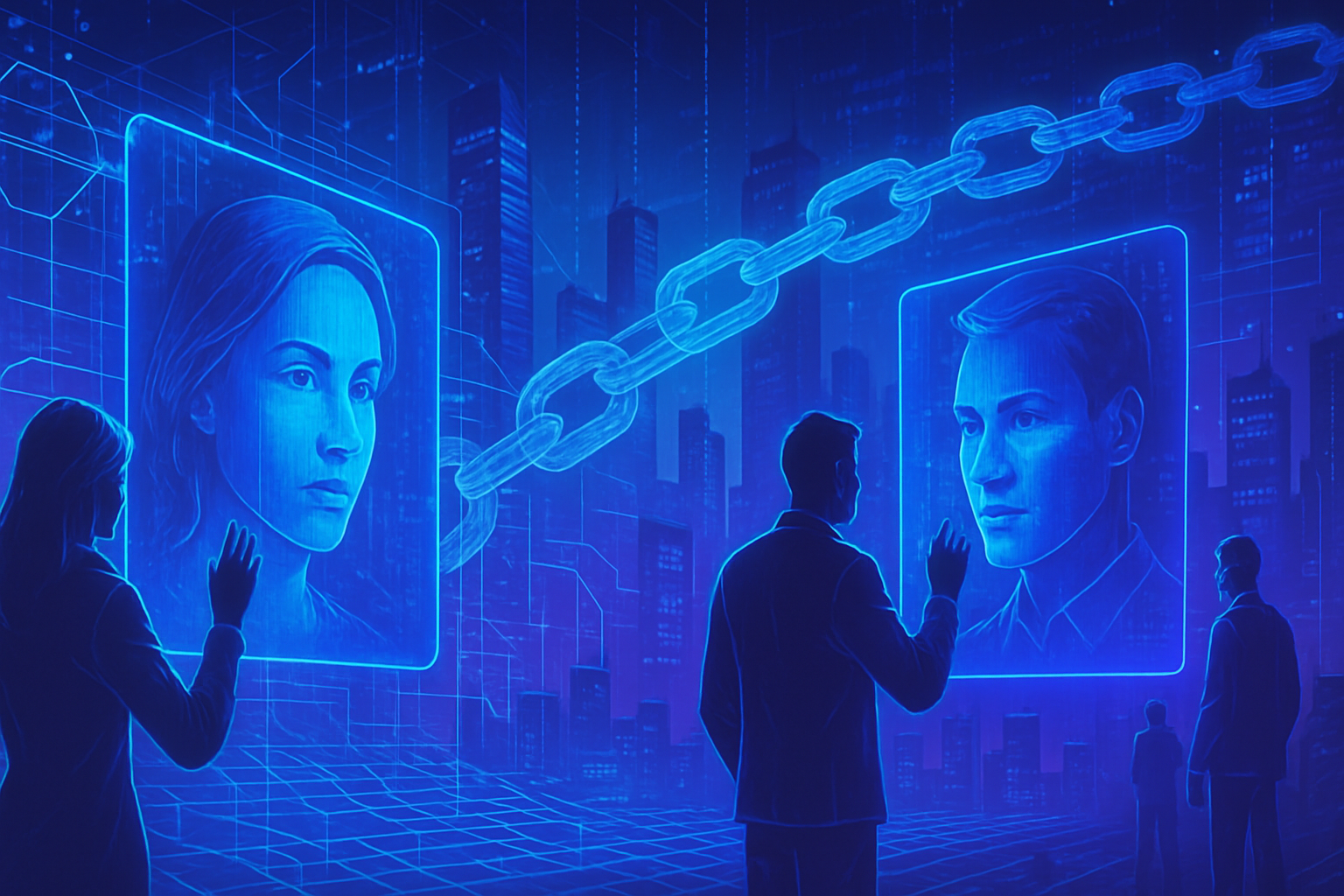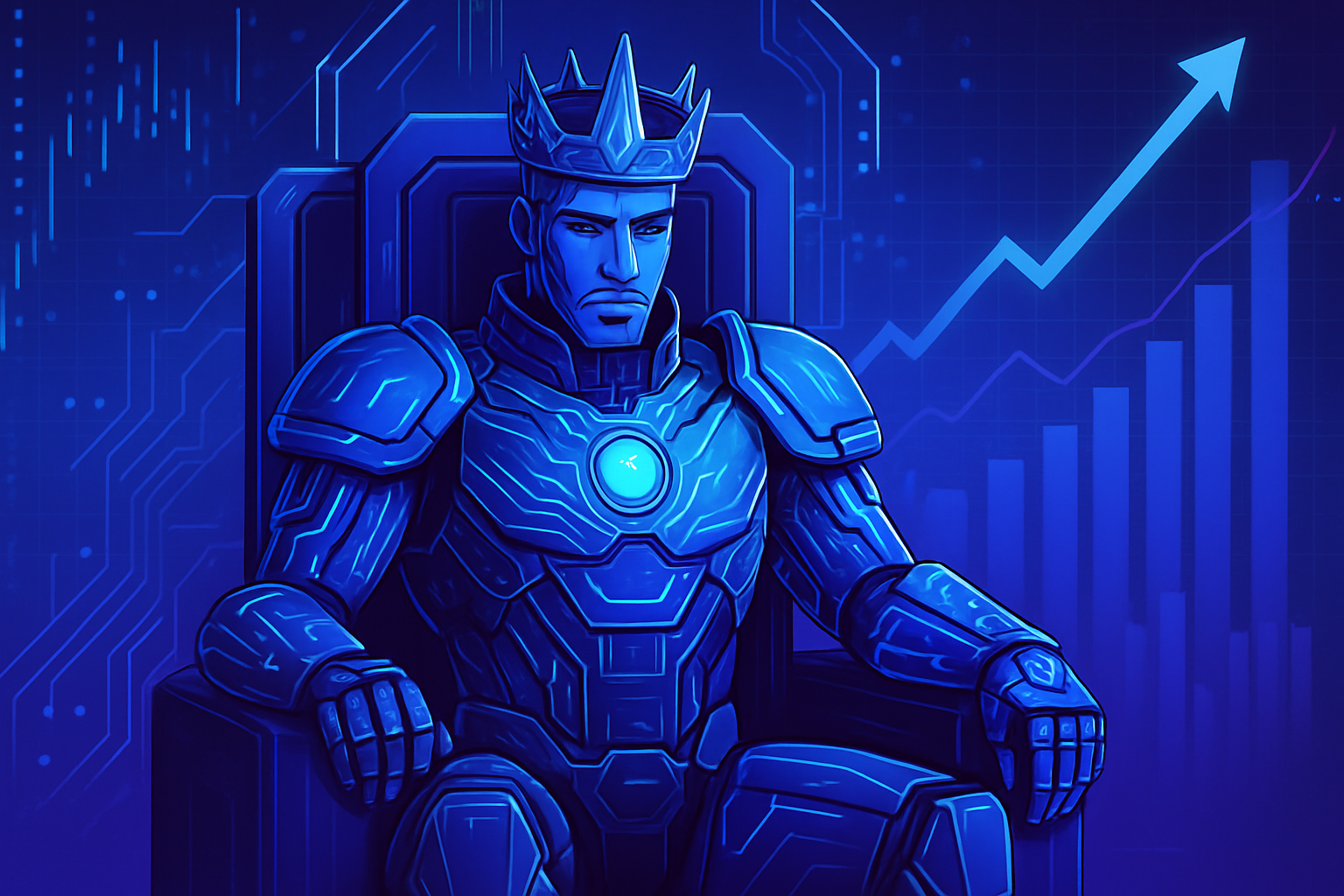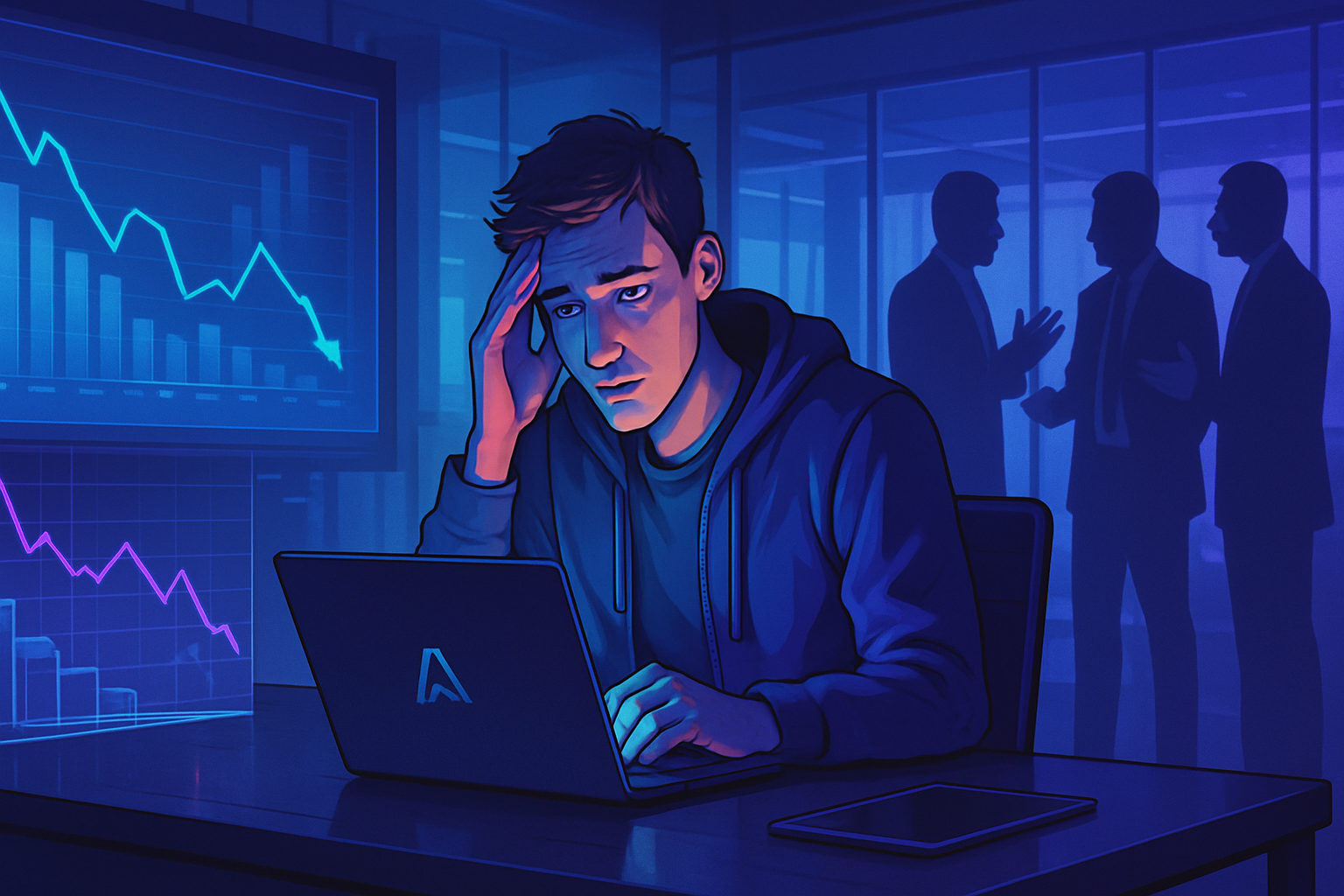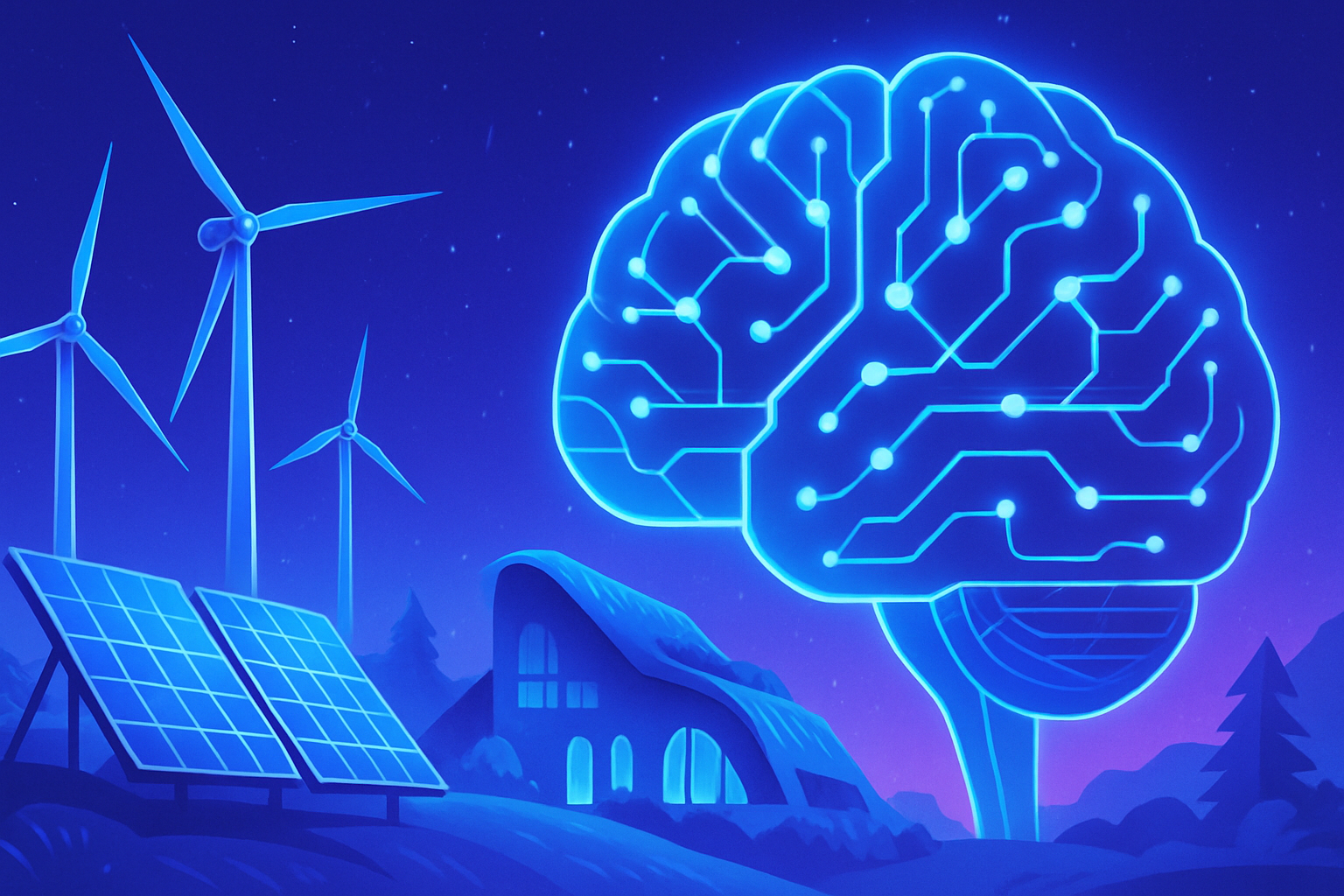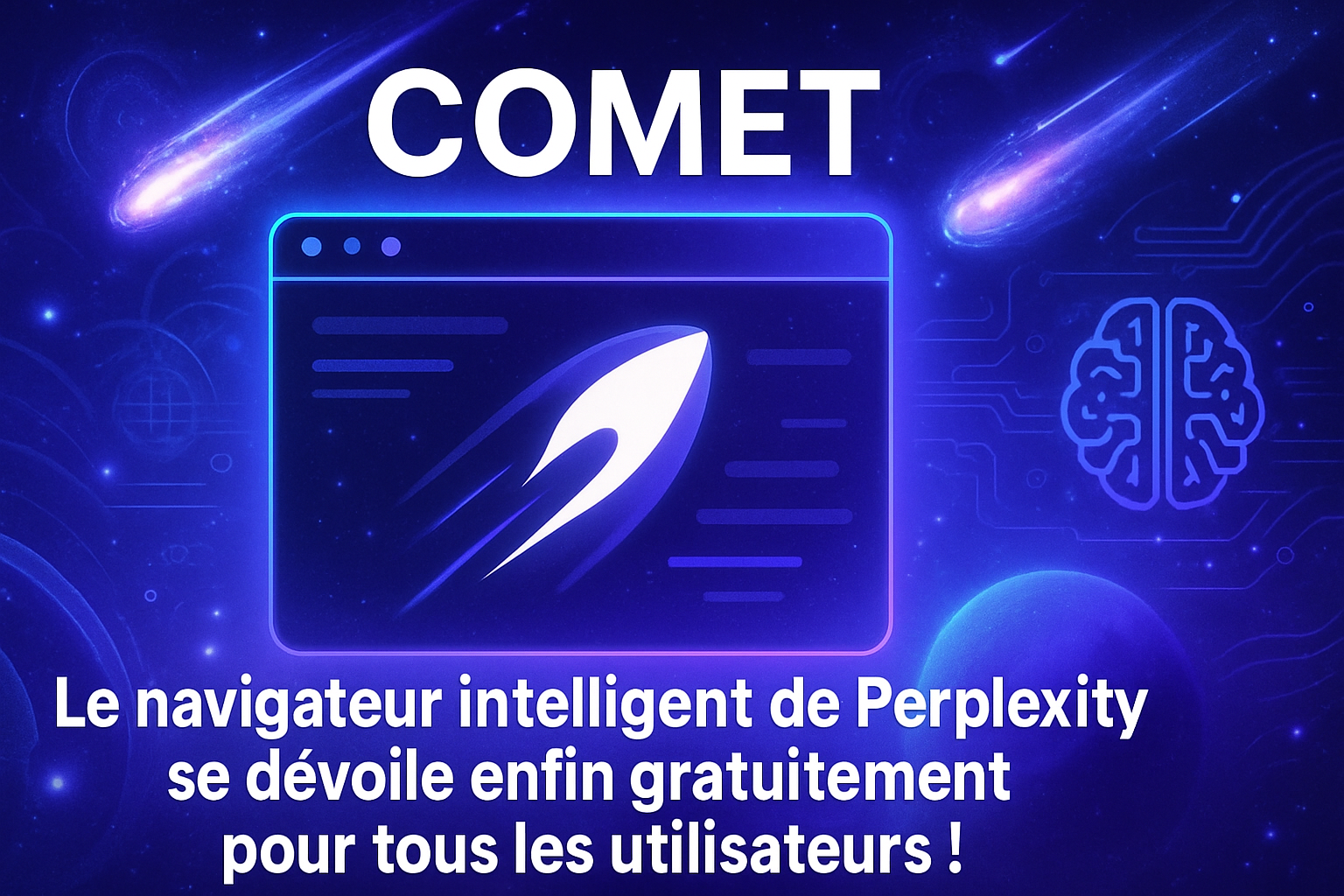The rise of digital technologies has significant repercussions on society. The NO FAKES law could mark a turning point in this landscape. This legislation aims to combat deepfakes, content generated by artificial intelligences, often harmful. However, this text raises serious concerns about its implications for freedom of expression on the internet.
The potential pitfalls of an overly coercive legislative framework raise doubts about the balance between security and freedom. The question of digital well-being arises acutely, as the proposed filtering systems could cast a shadow over innovation. Evaluating this law demands a critical look at its long-term consequences in a universe already marked by technological tensions.
Context of the NO FAKES Law
The NO FAKES law, officially designated as the Nurture Originals, Foster Art, and Keep Entertainment Safe Act, was initially designed to address the proliferation of deepfakes online. This legislative text aims to protect individuals, particularly celebrities, from the unauthorized use of their image in manipulated videos. While the goal seemed commendable, the implications of this law quickly became complex, raising concerns among digital rights advocates.
A Worrying Transformation
What started as a reasonable attempt to protect people from misleading videos has taken a concerning turn. Critics point out that the NO FAKES law has transformed into a potential framework for censorship. Far from being limited to protecting individuals, the text proposes measures that could have devastating consequences for freedom of expression on the internet.
A Censorship Framework Created by the Law
According to the Electronic Frontier Foundation, the NO FAKES law establishes a federal image license system that could burden online platforms with additional obligations. This reform is not limited to the protection of images; it undertakes content surveillance, prompting platforms to remove anything deemed problematic. Platforms will also be required to implement systems preventing the upload of content similar to that which has been removed, raising many questions about their effectiveness.
A Profound Impact on Innovation
A particularly alarming point lies in the potential impact of the NO FAKES law on digital creation tools. The legislation does not only target harmful content; it could also ban development tools used to create images. Startups, particularly those based in the UK, risk facing prohibitive legal costs, thereby limiting their capacity to innovate and grow in the market.
Inadequate Content Filters
The law will impose content filters, similar to those used in YouTube’s ContentID systems, which have proven unreliable. These systems are often known to block legitimate content, including artistic performances and creations that comply with copyright rules. The trend of over-censorship risks harming creativity and the sharing of information on the internet.
Threat to Freedom of Expression
Another negative aspect of the law lies in its ability to jeopardize the identity of anonymous users. Indeed, the legislation would allow for easier subpoenas, which could lead to the unsecured disclosure of personal data. This process could be exploited to harass users critiquing practices, creating an atmosphere of fear and silence around sensitive comments.
Disproportionate Legal Consequences
While the law ostensibly transforms the digital landscape, it hints at negative legal consequences for small businesses. Tech giants, much better equipped to absorb compliance costs, could see their market position strengthen, while new entrants risk being pushed away from the market. This phenomenon feeds a concentration of power among large players in the tech sector.
A Controversial Legislative Framework
Political science has often witnessed legislation that, under the guise of regulating large companies, ultimately favors them while stifling competition. The history of technological regulation demonstrates that regulatory intentions can backfire against small businesses, making any market entry untenable. The challenges of enforcement are also significant, making content control on online platforms nearly impossible.
Calls for Vigilance and Action
The coming weeks are crucial as the NO FAKES law progresses through the legislative process. The digital community must remain attentive to developments, as the implications of this bill for internet freedom and innovation could be profound and lasting. Discussions surrounding censorship and freedom of expression are gaining urgency, calling for a balance between protection and fundamental rights.
For recent examples illustrating the impact of deepfakes, cases such as the Cyprien case and the response from Juliette de Causans during the elections show how timely these issues are. AI-related abuses, as reported by Eric Schmidt, add a layer of complexity to the debate on digital security.
These issues reflect the growing concerns regarding the use of AI, while highlighting the importance of tools like those for editing mentioned in this article on Instagram. At the same time, initiatives in the UK are seeking to counter sexual deepfakes, as shown by this recent development highlighted.
Frequently Asked Questions about the NO FAKES Law: Protection Against Deepfakes or a Threat to Internet Freedom?
What is the NO FAKES law?
The NO FAKES law is a bill aimed at protecting individuals from the unauthorized use of their images and regulating AI-generated content, particularly deepfakes.
How does the NO FAKES law impact social media platforms?
It requires platforms to implement filtering systems that may affect their operation, potentially leading to excessive censorship of legitimate content.
What are the censorship risks associated with the NO FAKES law?
The text of the law could lead to the unjust removal of diverse content and harm freedom of expression due to the complexity of implementing content filters.
Does the NO FAKES law protect the rights of anonymous users on the internet?
No, the law includes provisions that could expose anonymous users by allowing the disclosure of their information without sufficient evidence, thus increasing the risks of harassment.
What measures does the NO FAKES law propose to combat deepfakes?
It aims to establish a strict regulation framework and a licensing system for images, but this could turn into excessive censorship, distancing from the initial goal of protection.
How does the NO FAKES law affect innovation in the AI sector?
The restrictions on tools and software used to create content could hinder innovation, limiting opportunities for new companies in the AI field.
Can users contest decisions made by platforms regarding content removal?
While this may be theoretically possible, the process could be complex and disadvantageous for small businesses, which risk incurring significant losses without any effective legal recourse.
How does the NO FAKES law differ from other privacy protection laws?
Unlike other laws that focus on protecting personal data, the NO FAKES law broadens its scope to include regulating AI-generated content, raising concerns about freedom of expression.
What benefits could arise from the implementation of the NO FAKES law?
In theory, the law could strengthen the protection of individuals against online abuses, but the negative implications for freedom of expression and innovation could outweigh these benefits.
Could the NO FAKES law prevent the creation of satirical or parodic content?
Although there are exclusions for satire and parody, the algorithmic implementation of these distinctions could lead to the unintentional censorship of such content.
